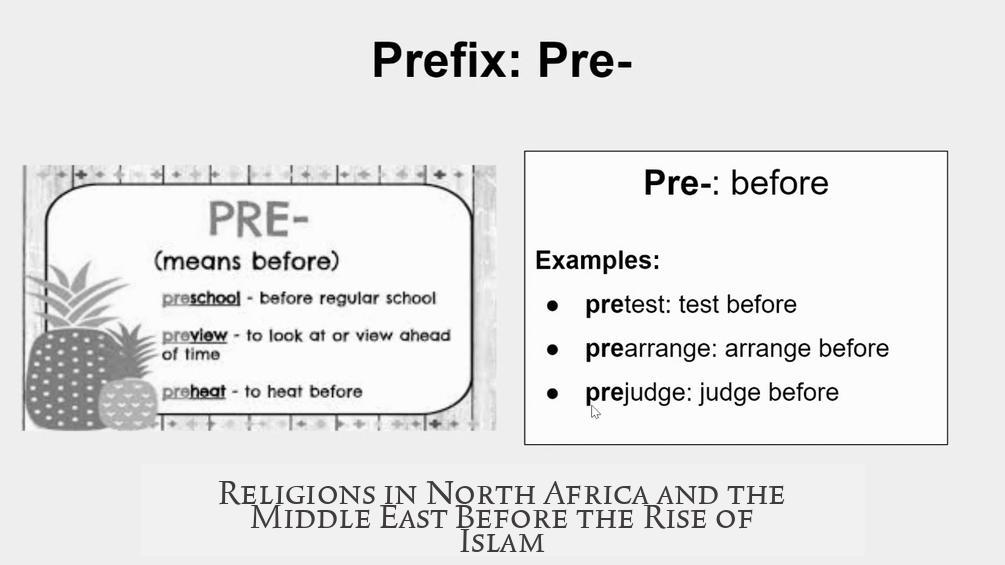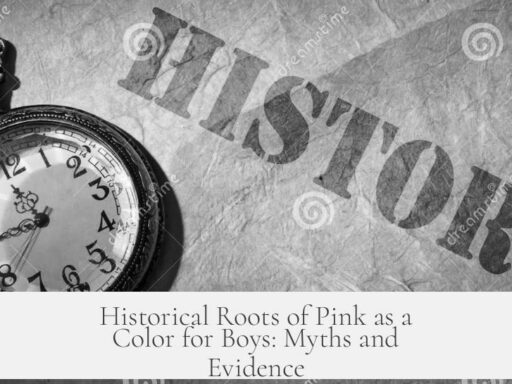Before Islam, North Africa and the Middle East hosted a complex tapestry of religions. Christianity dominated large parts of these regions, but diverse sects and other faiths coexisted. In the Arabian Peninsula, polytheism was widespread, alongside pockets of Jewish, Christian, and monotheistic ḥanīf traditions. Persia, ruling parts of the Middle East, adhered to Zoroastrianism, while the Arabian Peninsula’s religious landscape featured local paganism and Abrahamic influences. Islam emerged amid this mixture of religious currents.
In the Arabian Peninsula, polytheism prevailed. Inscriptions and poetry mention over 100 deities. Each god generally controlled specific regions or aspects of life. For example, ʿAthtar was prominent in southern Arabia. Religious practice involved offerings of milk, animals, or votive gifts, like stone or bronze statuettes, to gain favor. The Kaʿba in Mecca served as a major shrine housing more than 360 gods, a pilgrimage site integral to local clans.
Arab tribes respected local gods—a proverb advised visitors to swear by the deities of the village they entered. Jinn and spirits also formed part of religious belief, later absorbed into Islamic theology. Divination and magic, including al-Zajr (throwing stones at birds to interpret flight), practiced widely, show the spiritual complexity in pre-Islamic Arabia.
Alongside polytheism stood the ḥanīf, those inclined toward Abrahamic monotheism. The term means “to incline” and signals a turn away from idolatry toward the God of Abraham. The ḥanīf lacked formal organization, clergy, or a codified doctrine. Notables like Waraqah ibn Nawfal demonstrated Christian influences within their beliefs. The Kaʿba’s claimed Abrahamic roots suggest ḥanīfiyya was a local Meccan influence. Some ḥanīf converted to Christianity or Islam, but most remained a small group.
North Africa, particularly around Carthage, was dominated by Christianity by the 6th century AD. The ruling Vandals followed Arian Christianity, which was considered heretical by Nicene Christians. After the Byzantine reconquest, Nicene orthodoxy became dominant. Despite Christianity’s prominence, religious disputes persisted, such as Donatism opposing nicene positions. Jewish communities also existed, establishing a significant minority. Paganism had declined but earlier archaeological evidence shows some residual pagan practices. Arab traditions reference Jewish Moors ruling parts of the region, though evidence is limited.
In the Middle East—covering Syria, Palestine, Egypt, and Mesopotamia—a variety of Christian sects prevailed. Syria, Palestine, and Egypt were divided between Chalcedonian Christians, who accepted the Council of Chalcedon (451 AD), and Miaphysites, who rejected it. These groups often alternated between conflict and cooperation. The Virgin Mary held an important place in worship, bridging some divides. Large Jewish and Samaritan populations resided mainly in Palestine, maintaining religious distinctiveness.
Mesopotamia, under Sassanian Persian control, was religiously complex. The ruling elite observed Zoroastrianism. The majority population often comprised East Syrian (Nestorian) Christians who rejected the Council of Ephesus (431 AD). Relations between Christians and the Zoroastrian rulers varied; periods of persecution alternated with favorable treatment, such as under the Sasanian ruler Khusro II. The latter also persecuted Jewish populations, notably in Jerusalem in 614 AD.
Elsewhere in Arabia outside of Mecca, distinct religious structures existed. The Jewish Kingdom in Yemen thrived in the early 6th century, until destroyed by a Christian Ethiopian invasion, which led to the establishment of an Ethiopian-ruled kingdom. Jewish inscriptions and poetry from the 7th century attest to ongoing Jewish cultural presence. Christian Arab tribes, such as the Ghassanids, practiced Miaphysite Christianity and controlled borderlands under Byzantine influence. The Lakhmid confederation, initially pagan, converted to East Syrian Christianity by the late 6th century, with their rulers and cities becoming centers of Christian life.
Religious affiliations were dynamic, with fluid boundaries. Individual rulers and tribes often adopted different faiths, and theological debates were common. Islam emerged in this diverse environment, incorporating and responding to existing Christian and Jewish ideas. It rejected complex Christian doctrines like the Trinity and denied Jesus’ divinity. The Qur’an reflects ascetic piety, respect for the Virgin Mary, and apocalyptic themes drawn from contemporary religious discourse. Early Islamic concepts of martyrdom parallel Christian and Byzantine traditions of holy war.
Mecca held a unique place as a pro-Roman autonomous city surrounded by territories influenced by the Persian Empire. The rise of Islam is thus best understood as both a continuation and a reaction to the late antique religious trends converging in North Africa and the Middle East.
| Region | Main Religions Before Islam | Notes |
|---|---|---|
| Arabian Peninsula | Polytheism, Ḥanīf monotheism, Judaism, Christianity | Kaʿba shrine housed 360+ gods; ḥanīf were Abrahamic monotheists but few in number |
| North Africa (e.g., Carthage) | Christianity (Arian and Nicene), Judaism, residual paganism | Christian sectarian disputes frequent; Jewish minorities present |
| Middle East (Syria, Palestine, Egypt) | Christian sects (Chalcedonian, Miaphysite), Judaism, Samaritanism | Coexistence and conflicts among Christian sects; Virgin Mary venerated |
| Mesopotamia | Zoroastrianism (ruling elite), East Syrian Christianity (majority) | Christian communities fluctuated between persecution and favor |
- Polytheism was dominant in pre-Islamic Arabia, centered around many local gods and the Kaʿba.
- Monotheistic ḥanīf groups existed, emphasizing Abrahamic worship without organized structure.
- North Africa featured a Christian majority with sectarian diversity and a Jewish minority; paganism was rare.
- The Middle East contained major Christian sects, extensive Jewish and Samaritan communities, and Persian Zoroastrian rulers in Mesopotamia.
- Islam arose as a new monotheistic religion, influenced by and reacting against this intricate religious landscape.
What types of polytheistic beliefs existed in the Arabian Peninsula before Islam?
Pre-Islamic Arabia had many gods, with over 100 deities known from inscriptions. People made offerings and worshipped through statues and votive gifts. The Kaʿba housed about 360 gods and was a pilgrimage center.
Who were the Ḥanīf and what did they believe?
The Ḥanīf were monotheists who rejected idolatry and followed Abrahamic traditions. They practiced a simple, individual faith without formal clergy. Some later converted to Christianity or Islam, but they were distinct from both religions.
What religions dominated North Africa before Islam?
Christianity was dominant, including various sects like Nicene and Arian Christians. Judaism also had a presence. Paganism had mostly faded but might have survived in remote areas.
Which religious groups were prominent in the Middle East before Islam?
The region had diverse communities: Christians (Chalcedonian and miaphysite), Jews, Samaritans, and Zoroastrian Persians. Conflicts and cooperation among these groups were common.
Were there Jewish communities in the Arabian Peninsula before Islam?
Yes. In Yemen, a Jewish kingdom existed in the early 6th century before it was overtaken by a Christian Ethiopian army. Jewish tribes and inscriptions were found in various parts of Arabia.




